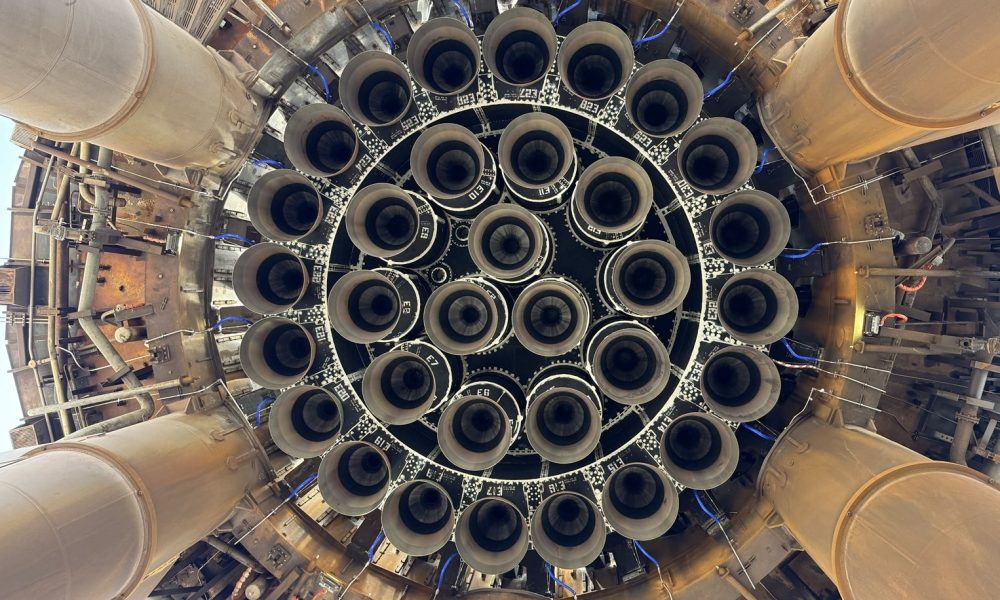Elon Musk has stated that a self-sustaining human settlement on Mars could be established in 25-30 years, provided launch capacity increases dramatically in the coming decades.
Speaking at the All-In Summit, the SpaceX CEO said building a self-sufficient colony depends on exponential growth in “tonnage to Mars” with each launch window, highlighting Starship’s role as the company’s pathway to interplanetary initiatives.
Mars settlement goals
Musk noted that true self-sufficiency requires Mars to develop “all the ingredients of civilization,” from food production to microchip manufacturing. Starship Version 3 is expected to support the first uncrewed Mars test flights, while future iterations could reach 466 feet in height and deliver larger payloads critical for settlement. Ultimately, Musk stated that an aggressive timeline for a city on Mars could be as short as 30 years, as noted in a Space.com report.
“I think it can be done in 30 years, provided there’s an exponential increase in the tonnage to Mars with each successive Mars transfer window, which is every two years. Every two years, the planets align and you can transfer to Mars.
“I think in roughly 15, but maybe as few as 10, but 10-15-ish Mars transfer windows. If you’re seeing exponential increases in the tonnage to Mars with each Mars transfer window, then it should be possible to make Mars self-sustaining in about call it roughly 25 years,” Musk said.
Starship’s role
Starship has flown in a fully stacked configuration ten times, most recently in August when it completed its first payload deployment in orbit. The next flight will close out the Version 2 program before transitioning to Starship Version 3, featuring Raptor 3 engines and a redesigned structure capable of lifting over 100 tons to orbit.
While SpaceX has demonstrated Super Heavy booster reuse, Ship reusability remains in development. Musk noted that the heat shield is still the biggest technical hurdle, as no orbital vehicle has yet achieved rapid, full reuse.
“For full reusability of the Ship, there’s still a lot of work that remains on the heat shield. No one’s ever made a fully reusable orbital heat shield. The shuttle heat shield had to go through nine months of repair after every flight,” he said.
The post Elon Musk: Self-sustaining city on Mars is plausible in 25-30 years appeared first on TESLARATI.


